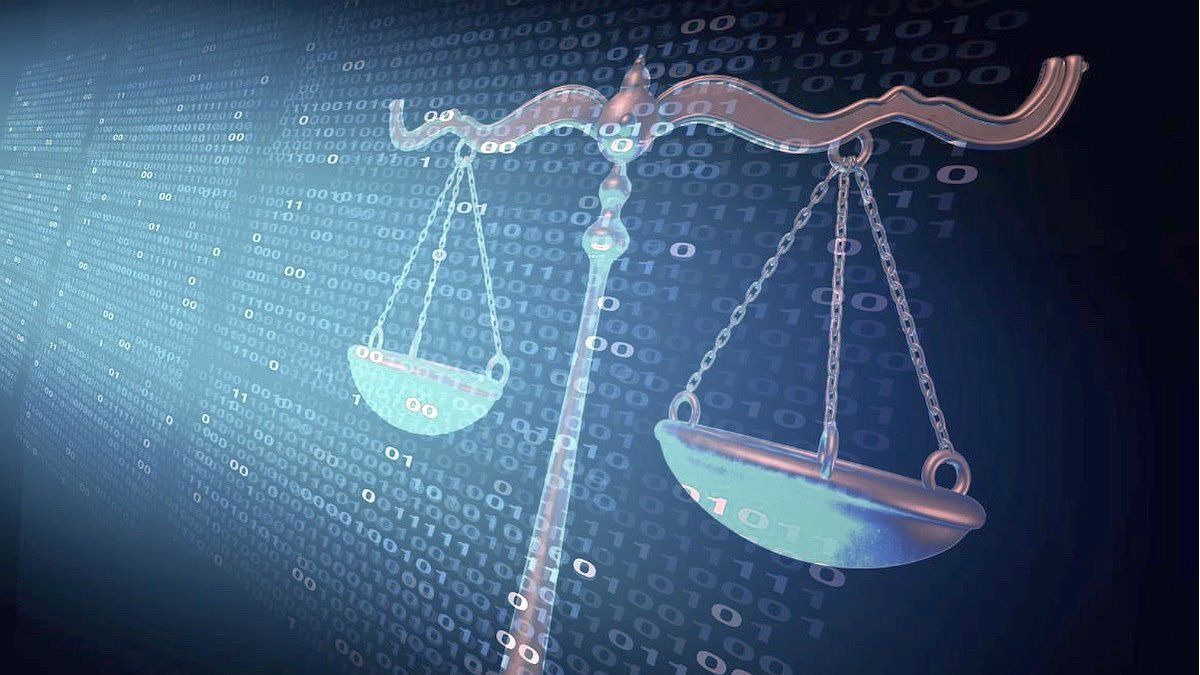The first interview is with a chatbot that asks several questions. The robot finally arrives at a diagnosis and tells them that in 24 hours they will receive the budget and the work proposal in their mailbox.
Within 24 hours, the marriage receives the budget. Fees can be paid by bank transfer, credit card, QR code or cryptocurrencies. Once the money is transferred, the couple receives an email with all the documentation they have to gather for the process and a link to schedule a video call with their lawyer.
That day the professional explains the entire procedure and the time it takes to get a divorce. Forty-eight hours, she tells them. The couple does not leave their astonishment: “Are we seriously going to be divorced in 48 hours?” The lawyer answers them in the affirmative.
The professional sends them a link to a web platform so that the couple can answer several questions and complete some information. When they finish, a file is downloaded with the divorce petition ready to be digitally signed. The couple signs it from their computers, with a couple of clicks, and they send it by mail to the lawyer.
The next day, the professional starts the divorce trial.
On the second day, a video call is made in which the Court records the couple’s wish to divorce. Once the call, an artificial intelligence system issues the sentence. The Judge signs it digitally and notifies the parties via email on the same day.
Forty-eight hours. That delayed the divorce.
Sounds like science fiction, right?
What if I told you that this could be a reality in 2022, that the tools already exist and that they could also be applied to labor, civil, and commercial lawsuits? Why are we not using these technologies in judicial processes? There are several reasons, but there is one that is key: the mindset.
Justice.jpg
The Constitution has prohibited, as an integral part of the right of defense, any form of coercion that eliminates the will of the accused or restricts the freedom to decide about what is convenient for him or what he wants to express.
Image by Sang Hyun Cho from Pixabay
Henry Ford said “whether you think you can do it, or you think you can’t, you’re right either way.” That is the mindset. And it affects our behavior.
Law 4.0, which is part of the fourth industrial revolution, consists of a new form of produce legal goods and services and operate legal organizations (law firms, courts, public administration, legal departments), through the use of emerging and exponential technologies such as artificial intelligence, big data, business analytics, cloud services, etc., focusing on the user of these goods and services.
The issue is that the law (lawyers, the public sector, the Judiciary) has been working in a certain way for years. The fourth industrial revolution is posing various challenges to this sector, which were accelerated by the Covid-19 pandemic.
Changes always generate resistance. And the big changes, more. If there is no resistance, there is no real transformation. Any change also requires a time of maturation. And it requires all of us (users, judges, regulators, lawyers, citizens) to propose and apply small improvements over time. It is a collective process of continuous improvement. Every day we see legal professionals doing it. They are the silent heroes of this transformation.
Law 4.0 is already among us. It is a reality that has come to stay. It is a more human, more accessible and more efficient right, with the focus on people. It is the future, which is already here.
Lawyer, entrepreneur and promoter.
Source: Ambito




